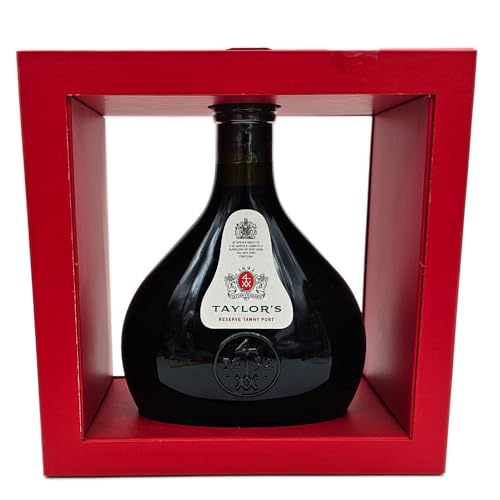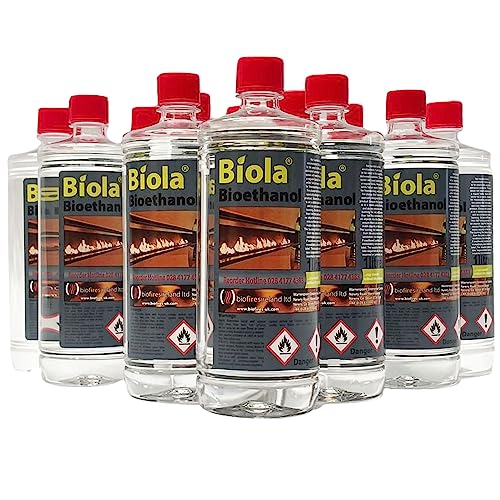Understanding Port Wine: What Is It and Why Choose It?
What Is Port Wine?
Port wine is a fortified wine that originates from the Douro Valley in Portugal. It’s known for its rich flavours and sweetness, making it a favourite for dessert or as an after-dinner drink. The unique production process involves adding a distilled spirit, usually brandy, to the wine during fermentation, which stops the fermentation and preserves the natural sugars. This process results in a drink that’s higher in alcohol than regular wines, typically ranging from 19% to 22% ABV. Port wine comes with a rich heritage and a variety of styles, catering to both novice and seasoned wine lovers alike.
Why Choose Port Wine?
Port offers something special for every occasion. Whether we are celebrating a significant milestone or simply enjoying a quiet evening at home, the flavour profiles reflect richness and complexity that can elevate any experience. Its sweetness pairs well with dessert, while the higher alcohol content means it can stand up to richer dishes. Additionally, Port is quite versatile; it can be enjoyed slightly chilled or at room temperature, depending on the variety, giving us the flexibility to serve it as we like.
Types of Port Wine: A Simple Guide to Your Options
Ruby Port
Ruby Port is often considered the entry-level style of Port. It’s fruity, bold, and typically aged in large barrels to preserve its bright colour and fruity character. If we are looking for an affordable yet flavourful option to enjoy with chocolate desserts, Ruby Port is a fantastic choice.
Tawny Port
Tawny Ports are aged in smaller barrels, which allows for oxidation and gives them a nutty flavour profile. They come in various age designations, such as 10, 20, or even 30 years, and are perfect for sipping slowly. For a warm, comforting experience after dinner, we recommend starting with a 10-year Tawny.
White Port
While less common, White Port deserves our attention as well. It’s made from white grapes and can be dry or sweet. This type of Port is refreshing and can be served as an aperitif. We find that a well-chilled white Port pairs exceptionally well with light starters or seafood.
Late Bottled Vintage (LBV) Port
Late Bottled Vintage port is made from grapes of a single vintage but aged longer in cask than traditional vintage ports. It provides some of the complexity of vintage ports at a more accessible price. If we want to indulge in something with depth but don’t want to break the bank, an LBV Port is an excellent option.
How to Taste and Enjoy Port Wine: Tips for the Perfect Experience
The Importance of Glassware
Choosing the right glass can significantly enhance our tasting experience. We recommend using a smaller glass to concentrate the aromas and flavours. A standard wine glass or even a Port-specific glass will work splendidly. Let’s also remember to hold the glass by the stem to avoid warming the wine with our hands.
Serving Temperature
The serving temperature can profoundly influence our enjoyment. Ruby and LBV Ports are best enjoyed at a slightly cooler temperature, around 12-16°C. Tawny Ports, on the other hand, can be served a bit warmer at about 15-18°C. We suggest using a wine cooler or keeping the bottle in the fridge for a short while prior to serving.
Tasting Techniques
As we taste Port, let’s take a moment to focus on its appearance, aroma, and flavour. Swirl the wine gently in the glass to release its bouquet, and take a moment to inhale its scents. When tasting, allow the wine to coat our palate, noticing the different layers of flavour. Don’t hesitate to take notes, especially if we are exploring various types.
Food Pairings with Port Wine: What to Enjoy Together
Desserts and Chocolate
Port wine shines when paired with desserts, particularly those featuring chocolate. A classic combination is Ruby Port with a rich dark chocolate cake or a berry tart. The sweetness of the Port complements the richness of the dessert, creating a harmonious balance.
Cheese and Nuts
Cheese boards savourably pair with Port as well. For Ruby and LBV Port, consider pairing with a strong blue cheese or cheddar, which will enhance the wine’s fruitiness. Tawny Port pairs beautifully with nuts and rich cheeses, such as Brie, providing a delicious contrast.
Savory Dishes
Port wine can also complement savory dishes, particularly those with a sweet or fruity element. Glazed meats such as roast duck or pork with cranberry sauce can be memorable choices. The depth of flavours in the Port complements the dish, enhancing our dining experience.
Choosing the Right Port Wine: Our Top Picks
For Beginners
If we are new to Port, we recommend starting with a Ruby Port such as a well-known brand that balances sweetness and fruitiness. This approachable option allows us to ease into the world of Port without feeling overwhelmed.
For Special Occasions
For those memorable evenings, investing in a bottle of Vintage Port can be a delightful choice. These wines age wonderfully and develop complex flavours over time. A well-regarded vintage from a reputable producer could serve as a beautiful centrepiece for our celebration.
Affordable Everyday Options
An LBV Port can be an excellent value choice for those wanting to enjoy Port regularly without the high price tag. Their complexity and easy-drinking nature make them versatile for different occasions.
































